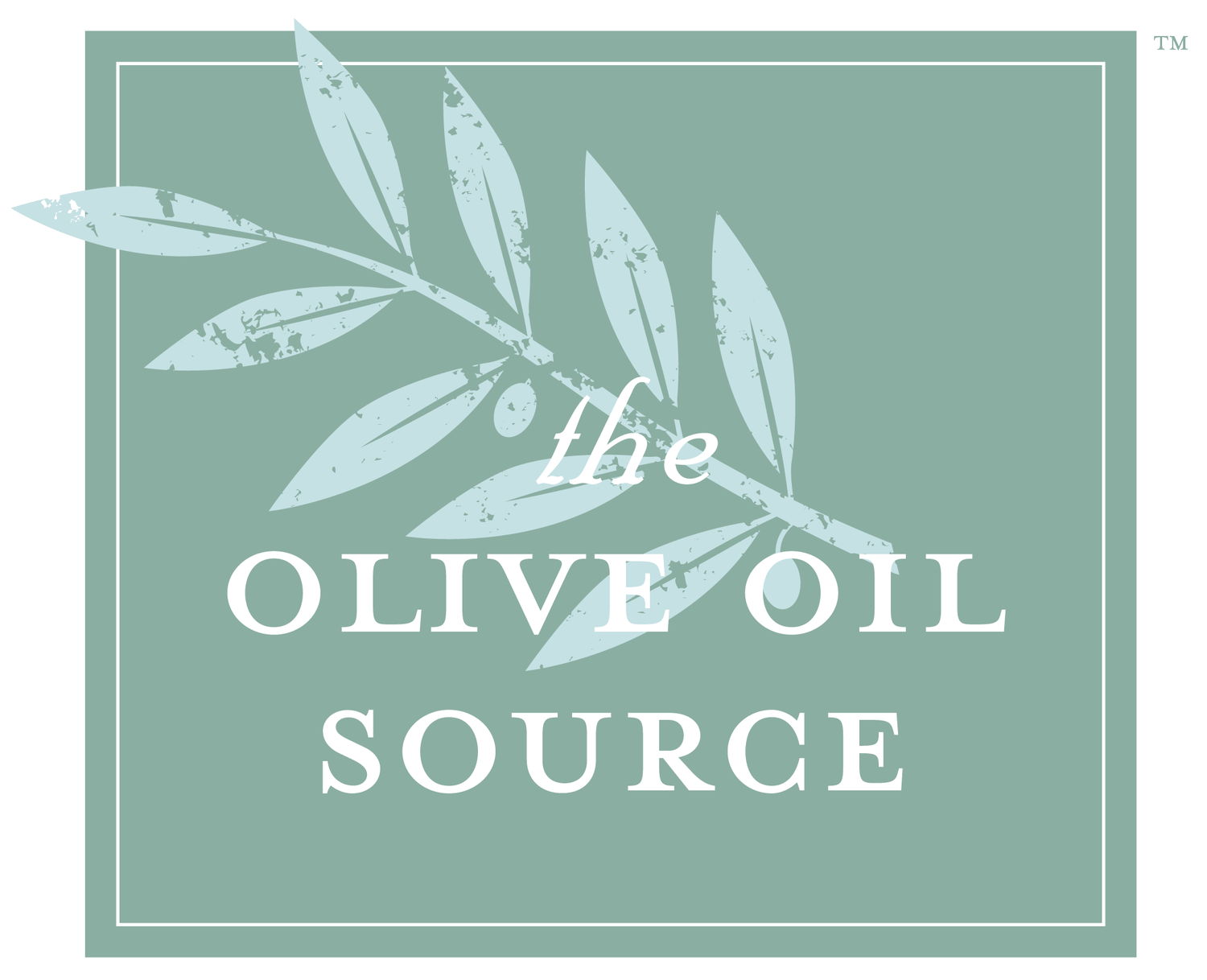
What is Extra Virgin olive oil?
It seems like a simple enough question and the answer is both staightforward and complicated.
The simple answer is that it is the highest grade of quality an olive oil may be awarded. It is the freshly squeezed juice of the olive, extracted in a mechanical way that does not cause any degradation, without using excessive heat or chemicals. It is not blended with other oils. And it tastes good, without defects.
The complicated part, however, comes with the various standards from different entities, all slightly different from each other. These standards dictate that olive oil meets both chemical and sensory requirements to be sold as extra virgin. The oil’s chemistry, tested in a laboratory, must meet or exceed specific parameters that indicate the careful handling and storage of the olives and oil. The oil is also evaluated by trained sensory panels as sensory defects cannot be detected by chemical tests.
There are a number of organizations and government entities providing standards and/or testing services to guarantee the quality of the olive oil in their jurisdiction and to stipulate what exactly constitutes Extra Virgin Olive Oil. Additionally, some commercial operations make up standards or names like “light” or “Ultra Premium” which have no legal meaning and are just terms created for marketing. Without going into too much detail, this should provide some idea of the varying levels of chemical standards. Note that the standards do change periodically and these may not be up to date.
Olive Oil Commission of California
Acidity: Less than or equal to .5%
Peroxides: Less than or equal to 15 Meq/kg.
PPP’s: Less than or equal to 17%
DAG’s: Greater than or equal to 35%
U.S.D.A.
Acidity: Less than or equal to .8%
Peroxides: Less than or equal to 20 Meq/kg.
PPP’s: Not specified
DAG’s: Not specified
California Olive Oil Council
Acidity: Less than or equal to .5%
Peroxides: Less than or equal to 15 Meq/kg.
PPP’s: Less than or equal to 17%
DAG’s: Greater than or equal to 35%
International Olive Oil Council
Acidity: Less than or equal to .8%
Peroxides: Less than or equal to 20 Meq/kg.
PPP’s: Not specified
DAG’s: Not specified
Australian Olive Oil Association
Same as International Olive Oil Association
